Pizza Hut 2008 Annual Report Download - page 45
Download and view the complete annual report
Please find page 45 of the 2008 Pizza Hut annual report below. You can navigate through the pages in the report by either clicking on the pages listed below, or by using the keyword search tool below to find specific information within the annual report.-
 1
1 -
 2
2 -
 3
3 -
 4
4 -
 5
5 -
 6
6 -
 7
7 -
 8
8 -
 9
9 -
 10
10 -
 11
11 -
 12
12 -
 13
13 -
 14
14 -
 15
15 -
 16
16 -
 17
17 -
 18
18 -
 19
19 -
 20
20 -
 21
21 -
 22
22 -
 23
23 -
 24
24 -
 25
25 -
 26
26 -
 27
27 -
 28
28 -
 29
29 -
 30
30 -
 31
31 -
 32
32 -
 33
33 -
 34
34 -
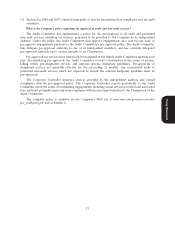 35
35 -
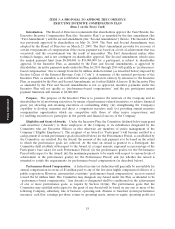 36
36 -
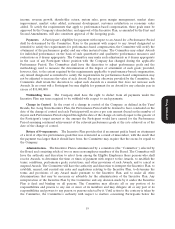 37
37 -
 38
38 -
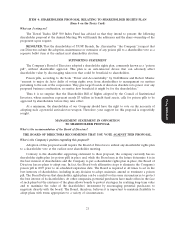 39
39 -
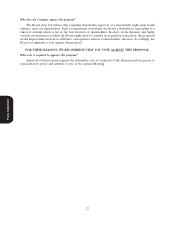 40
40 -
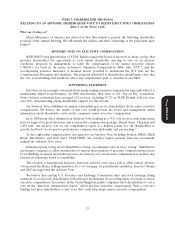 41
41 -
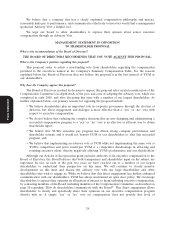 42
42 -
 43
43 -
 44
44 -
 45
45 -
 46
46 -
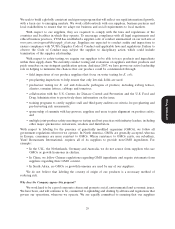 47
47 -
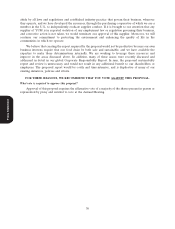 48
48 -
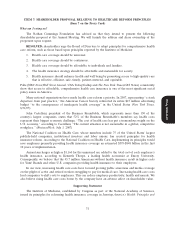 49
49 -
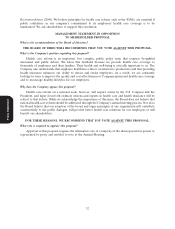 50
50 -
 51
51 -
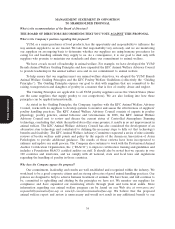 52
52 -
 53
53 -
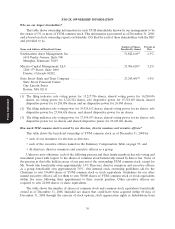 54
54 -
 55
55 -
 56
56 -
 57
57 -
 58
58 -
 59
59 -
 60
60 -
 61
61 -
 62
62 -
 63
63 -
 64
64 -
 65
65 -
 66
66 -
 67
67 -
 68
68 -
 69
69 -
 70
70 -
 71
71 -
 72
72 -
 73
73 -
 74
74 -
 75
75 -
 76
76 -
 77
77 -
 78
78 -
 79
79 -
 80
80 -
 81
81 -
 82
82 -
 83
83 -
 84
84 -
 85
85 -
 86
86 -
 87
87 -
 88
88 -
 89
89 -
 90
90 -
 91
91 -
 92
92 -
 93
93 -
 94
94 -
 95
95 -
 96
96 -
 97
97 -
 98
98 -
 99
99 -
 100
100 -
 101
101 -
 102
102 -
 103
103 -
 104
104 -
 105
105 -
 106
106 -
 107
107 -
 108
108 -
 109
109 -
 110
110 -
 111
111 -
 112
112 -
 113
113 -
 114
114 -
 115
115 -
 116
116 -
 117
117 -
 118
118 -
 119
119 -
 120
120 -
 121
121 -
 122
122 -
 123
123 -
 124
124 -
 125
125 -
 126
126 -
 127
127 -
 128
128 -
 129
129 -
 130
130 -
 131
131 -
 132
132 -
 133
133 -
 134
134 -
 135
135 -
 136
136 -
 137
137 -
 138
138 -
 139
139 -
 140
140 -
 141
141 -
 142
142 -
 143
143 -
 144
144 -
 145
145 -
 146
146 -
 147
147 -
 148
148 -
 149
149 -
 150
150 -
 151
151 -
 152
152 -
 153
153 -
 154
154 -
 155
155 -
 156
156 -
 157
157 -
 158
158 -
 159
159 -
 160
160 -
 161
161 -
 162
162 -
 163
163 -
 164
164 -
 165
165 -
 166
166 -
 167
167 -
 168
168 -
 169
169 -
 170
170 -
 171
171 -
 172
172 -
 173
173 -
 174
174 -
 175
175 -
 176
176 -
 177
177 -
 178
178 -
 179
179 -
 180
180 -
 181
181 -
 182
182 -
 183
183 -
 184
184 -
 185
185 -
 186
186 -
 187
187 -
 188
188 -
 189
189 -
 190
190 -
 191
191 -
 192
192 -
 193
193 -
 194
194 -
 195
195 -
 196
196 -
 197
197 -
 198
198 -
 199
199 -
 200
200 -
 201
201 -
 202
202 -
 203
203 -
 204
204 -
 205
205 -
 206
206 -
 207
207 -
 208
208 -
 209
209 -
 210
210 -
 211
211 -
 212
212 -
 213
213 -
 214
214 -
 215
215 -
 216
216 -
 217
217 -
 218
218 -
 219
219 -
 220
220 -
 221
221 -
 222
222 -
 223
223 -
 224
224 -
 225
225 -
 226
226 -
 227
227 -
 228
228 -
 229
229 -
 230
230 -
 231
231 -
 232
232 -
 233
233 -
 234
234 -
 235
235 -
 236
236 -
 237
237 -
 238
238 -
 239
239 -
 240
240
 |
 |

23MAR200920295069
ITEM 6: SHAREHOLDER PROPOSAL
RELATING TO FOOD SUPPLY CHAIN SECURITY AND SUSTAINABILITY
(Item 6 on the Proxy Card)
What am I voting on?
The Sisters of Charity, the General Board of Pension and Health Benefits of United Methodist
Church, the MMA Praxis Growth Index Fund and the Sisters of St. Francis of Philadelphia have advised us
that they intend to present the following shareholder proposal at the Annual Meeting. We will furnish the
addresses and the share ownership of the proponents upon request.
FOOD SUPPLY CHAIN
SECURITY and SUSTAINABILITY
WHEREAS:
Nearly two-thirds of corporate executives worldwide surveyed by McKinsey & Company said ‘‘their
companies face a rising level of risk to their ability to supply customers with goods and services cost
effectively.’’ Yet, the survey found
[f]ew executives are confident that their companies can manage these risks successfully and businesses
are making surprisingly little use of some well-known analytical tools and simple best practices that
could help.
The McKinsey Quarterly 2007 Number 1, pages 10-12.
The global food production system faces numerous challenges:
• Severe droughts and increasing water scarcity in key agricultural regions linked to global warming;
• Rising prices for oil and petroleum-based agricultural inputs; and
• Competing use of food crops for bio-fuels.
Several dramatic events have undermined consumer confidence by highlighting weaknesses in the
Proxy Statement
food safety system:
• Closure of Topps Meat Co., the largest U.S. manufacturer of frozen hamburger, following recall of
21.7 million pounds of hamburger contaminated with e-coli.
• Nationwide recall of spinach from California, which produces 74% of the U.S. spinach crop, due to
e-coli contamination.
• Contamination of the long-grain rice supply in the southern United States with genetically
engineered rice not approved for human consumption, leading Japan to ban imports of U.S. long
grain rice and the EU to require testing of all U.S. rice shipments.
• Sale of poisoned pet food, tainted seafood and other products from China containing toxic
ingredients
According to a Consumer Reports survey, 92% of Americans want to know the country of origin for
their food. http://greenerchoices.org/products.efm?product=crfood&pcat=food
Pesticide residues on imported fruits and vegetables, which account for about one-third of U.S.
consumption of these products, are ‘‘major and growing’’ contributors to dietary risk. While U.S. farmers
have adopted lower-risk use patterns, growers outside the U.S. continue using older, higher-risk pesticides.
Impacts of the Food Quality Protection Act on Children’s Exposures to Pesticides, pages 10-11 (2006).
http://www.organiccenter.org/reportfiles/7452_ Landrigan _AAAS%20Paper.pdf
27
